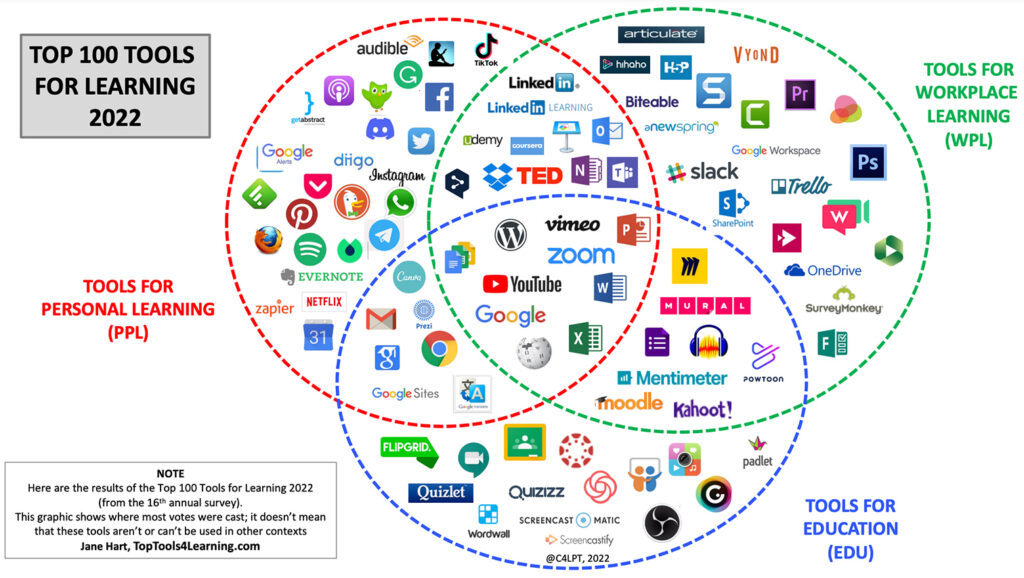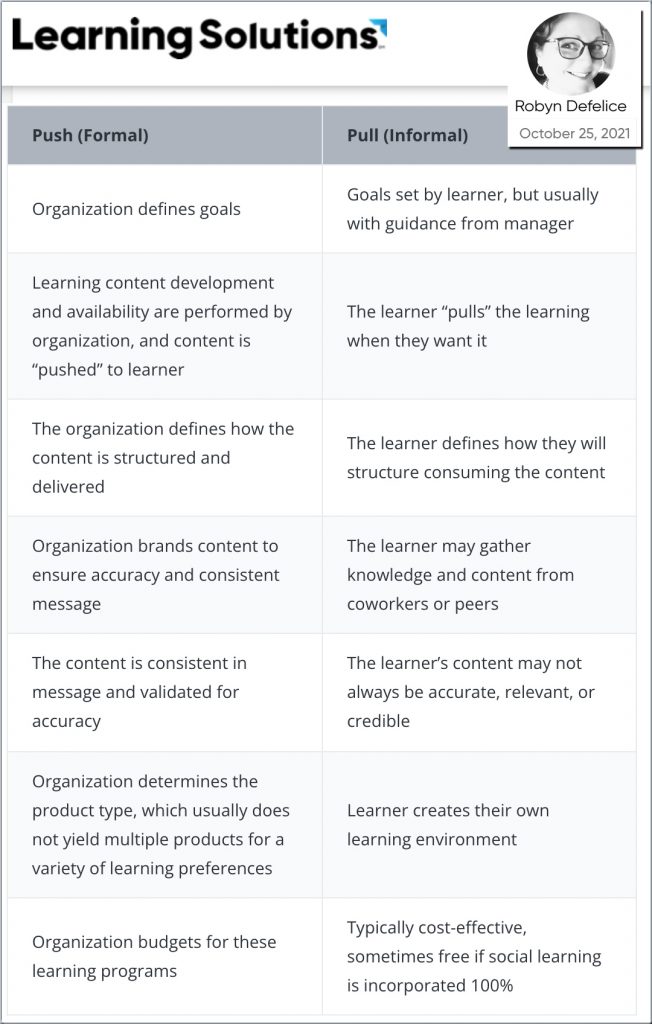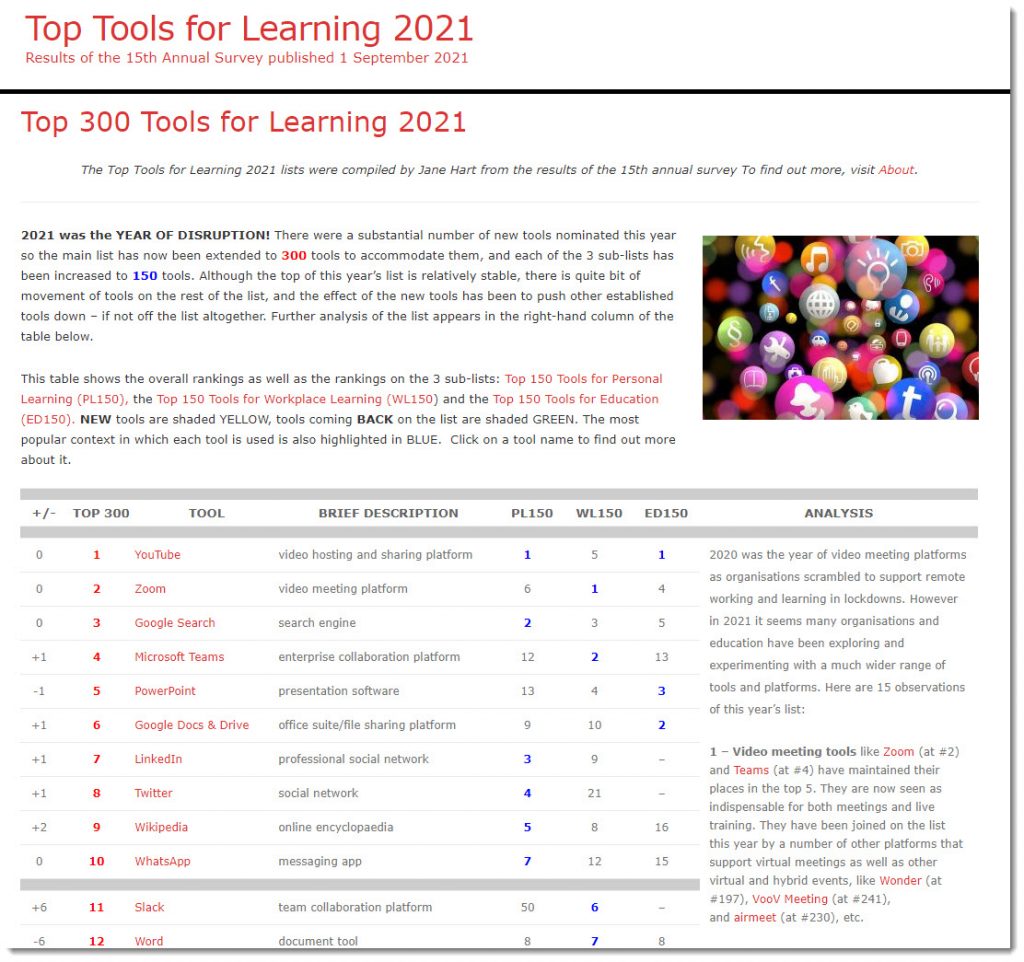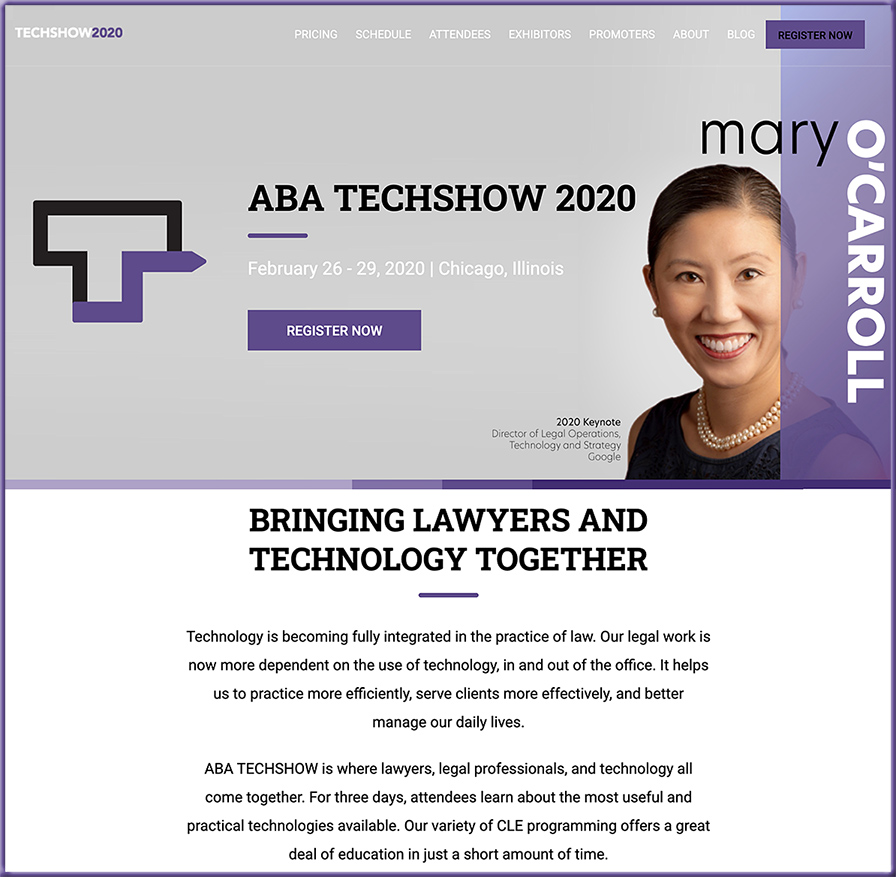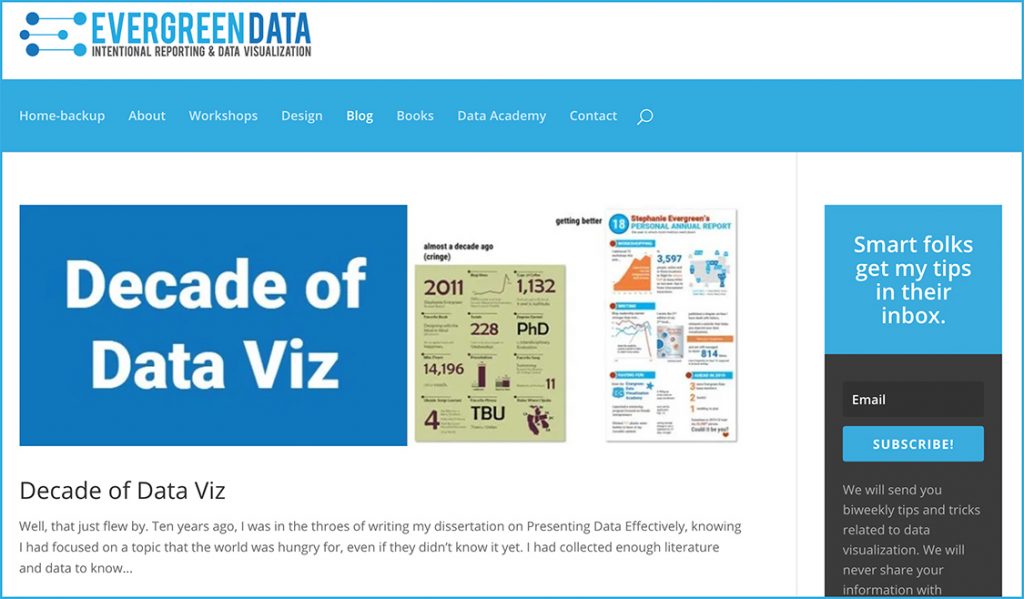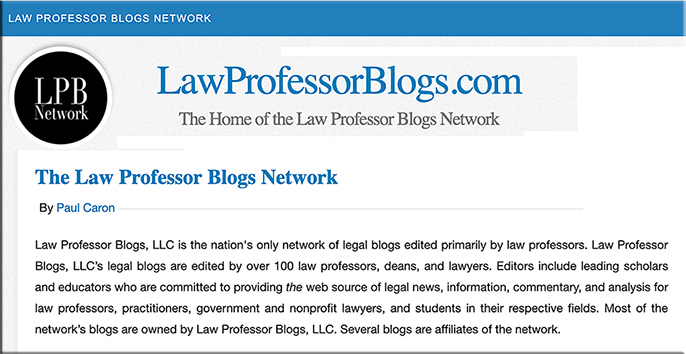From DSC:
First of all, an excerpt from an email from RetrievalPractice.org:
Last week, we talked about an activity we call Flash Forward. Simply ask your students these questions:
“Now that you’ve taken this class, what is one thing you want to remember 10 years from now (and why)?”
“How will you remember that one thing? What will you do to make sure you don’t forget?”
Second of all, the topic of remembering something 10 years from now (from some current learning) made me think about obtaining a long-term return on investment (ROI) from that learning.
In the online-based course that I’ve been teaching for a while now, I’m all about helping the students in my classes obtain long-term benefits from taking the class. Grades aren’t the key. The learning is the key!
The class is entitled, “Foundations of Information Technology” and I want them to be using the tools, technologies, services, and concepts (that we learned about) loooooong after they graduate from college! We work on things like RSS feeds, Twitter, LinkedIn, WordPress, building their network, building their personal brand, HTML/web design, Microsoft Excel, the Internet of Things and much more. I want them to be practicing those things, leveraging those tools, pulse-checking their surroundings, networking with others, serving others with their gifts, and building on the foundations that they put into place waaaay back in 201__.









